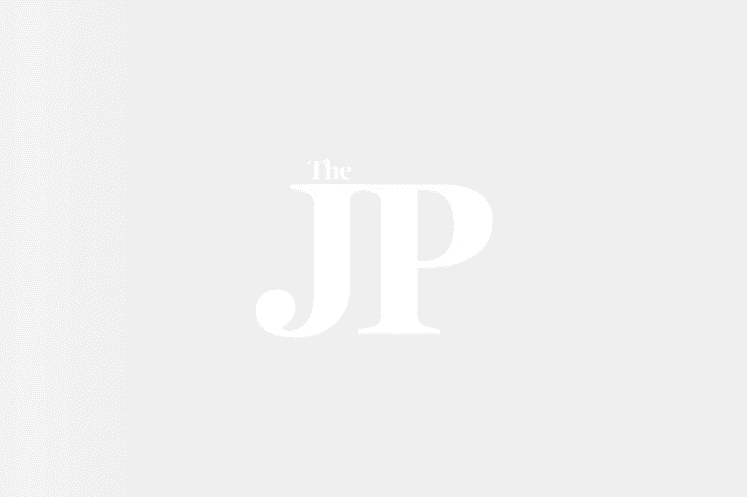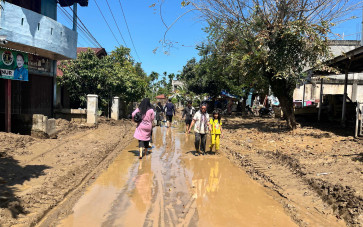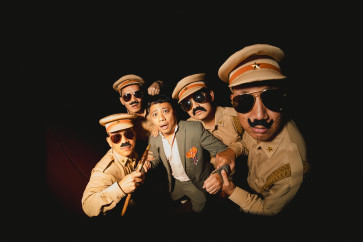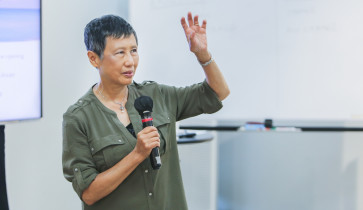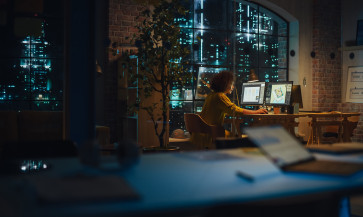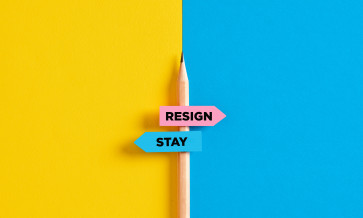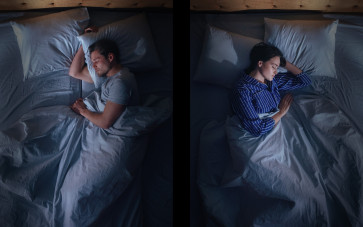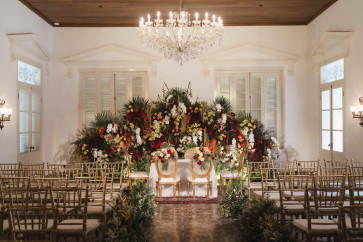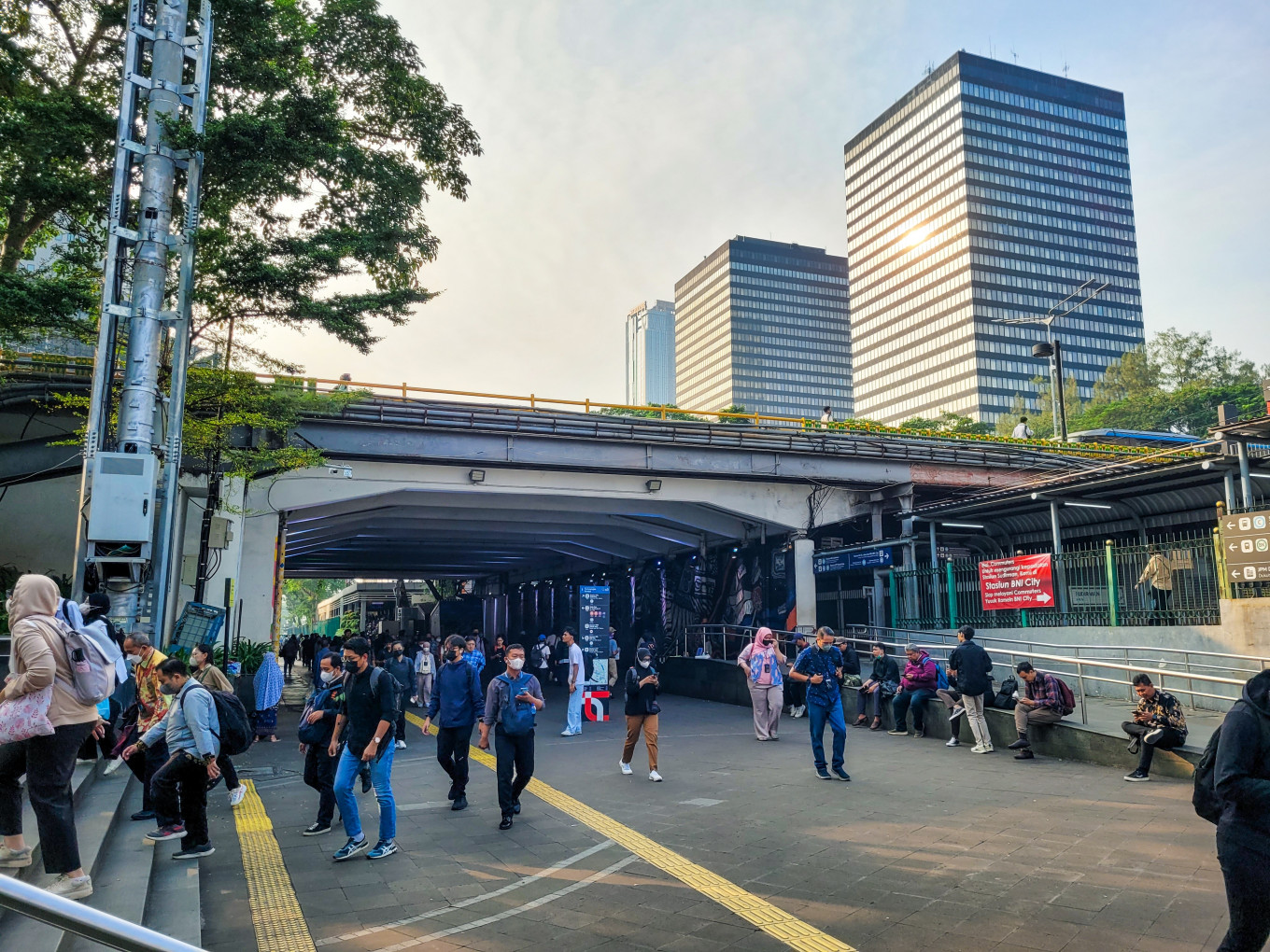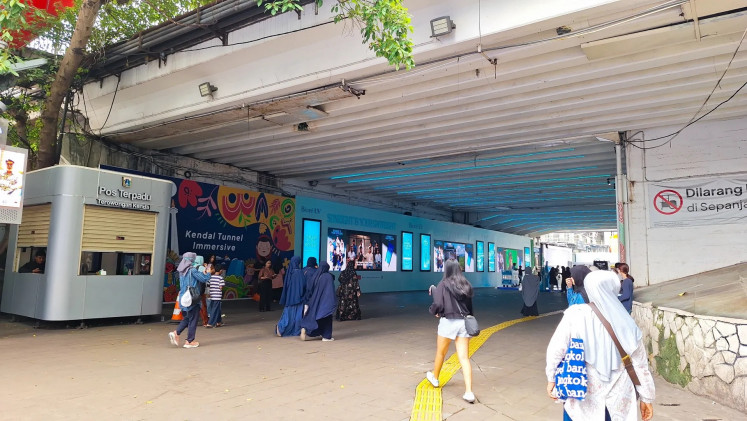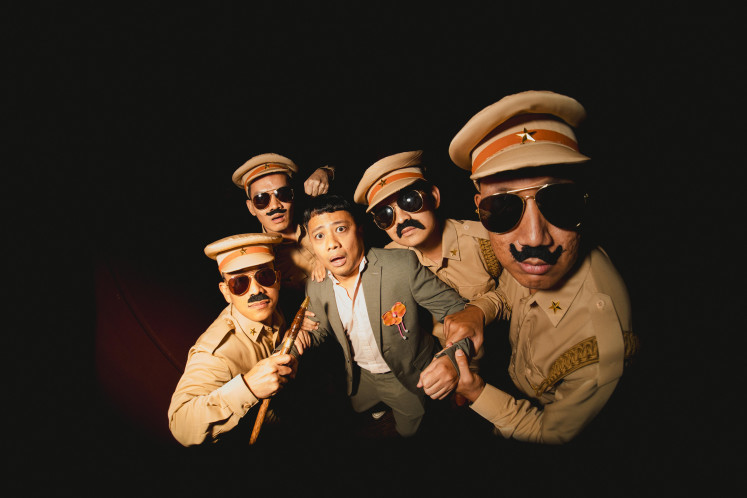Have you noticed how strolling through a neighborhood or commuting on foot barely crosses your mind in Jakarta, but becomes something you enjoy, even cherish, the moment you're abroad?
It’s not just about the heat and humidity. Poor sidewalk design and monotonous urban landscapes show how walking has long been neglected in the city's planning. In a place where cars dominate, pedestrians are often left with broken paths, patchy tiling and sudden dead ends.
But something is shifting.
In recent years, parts of the city have seen revitalized sidewalks reclaiming space from car traffic, creating areas that invite people to move differently.
One example is the area near Sudirman Station, where improved pavements and pedestrian zones are slowly turning pass-through zones into places where people actually linger.
Rethinking the pavement

Thank you!
For signing up to our newsletter.
Please check your email for your newsletter subscription.
Jakarta’s skyline, lined with malls, towers and overpasses, might suggest this is a city made for engines, not humans. But look down, and the story changes.
Sidewalks in the capital often reflect the city’s contradictions.
Some are neglected and barely usable, while others, like those around Sudirman, have been thoughtfully redesigned. These upgraded stretches may still be imperfect, but they’re beginning to show what’s possible when the city makes room for pedestrians.
The area around Sudirman, in particular, has become an unlikely social hub. You’ll see office workers grabbing es kopi susu (milk coffee) to-go, friends chatting on benches and strangers bonding over snacks like tahu goreng (fried tofu) sold by street vendors.
That casual nongkrong (hanging out) vibe, paired with the ability to actually walk comfortably, turns a once-functional space into something more: common ground.
These moments are a form of connection. They show how public spaces can adapt to offer a spectrum of experiences: from low-cost indulgences like street snacks to more polished stops like shophouse cafés. The point is that people have options, and the freedom to choose how they interact with the city.
Why sidewalks matter
Dr. Prananda Navitas, an urban planning lecturer at ITS, says making a city walkable with well-designed sidewalks creates ripple effects that extend far beyond convenience.
It’s not just about physical activity. With so much of daily life spent sitting, at desks, in traffic, in malls, a short walk can reset both body and mind. Even a brief moment of movement can offer a mental refresh.
“Walking, even briefly, boosts endorphins,” Dr. Prananda says. “That shift in mood can ripple through entire neighborhoods.”
He calls it a kind of “happy conflict”: fewer honks, less road rage, more patience.
In the long run, Dr. Prananda says more walking will lead to better health, which leads to lower healthcare costs. With reduced car use, we also get cleaner air and better climate resilience. Higher foot traffic can also give local businesses a boost and even spur job creation.
.. (Shutterstock/Rina Murni)
But for this to work, sidewalks have to be shaded, clean and full of life. The goal isn’t just to move people from A to B; it’s to make the journey itself more human.
Who are we building for?
That means it’s important to ask: revitalized sidewalks are revitalized for whom?
Well-designed pavements can transform a city, but they can also unintentionally displace the very communities that once gave streets their soul.
It’s a delicate balance. While sidewalks should prioritize pedestrians, they can still make room for micro-economies, when planned with care. Street vendors shouldn’t block mobility, but neither should they be erased entirely. The challenge is to create shared, inclusive spaces that work for everyone.
As one local vendor near Sudirman puts it, “Most people in Jakarta, I think, are just overwhelmed with work. What they need are places to relax a bit. Even just for a few minutes.”
There’s also a misconception that if sidewalks look empty, they’ve failed.
Dr. Prananda offers a useful analogy: “In Brisbane, drivers often think bike lanes are useless because they look empty. But that’s just a mismatch in timing. The city keeps building them, trusting that good infrastructure eventually attracts users.”
Just because a sidewalk isn’t busy 24/7 doesn’t mean it lacks value. With better design, shade, smoother paths, inviting stops, people will come.
And when we invest in them, we’re really investing in people. Sidewalks stabilize the balance between pedestrians and traffic. These aren’t just walkways. They’re spaces for people-watching, sharing a laugh or taking a deep breath between meetings. They’re invitations to slow down, to connect and to see the city with new eyes.
In a city as fast and fragmented as Jakarta, sidewalks may seem small. But they carry big potential. When we treat them as more than just leftover space—when we build them for people not just to pass through, but to pause, connect and belong—we’re building a better, more livable city.
Zhafa Yuda Rehema is an intern for The Jakarta Post’s Creative Desk. He is an avid collector of headphones and is most likely to fall asleep to various ASMR videos.
